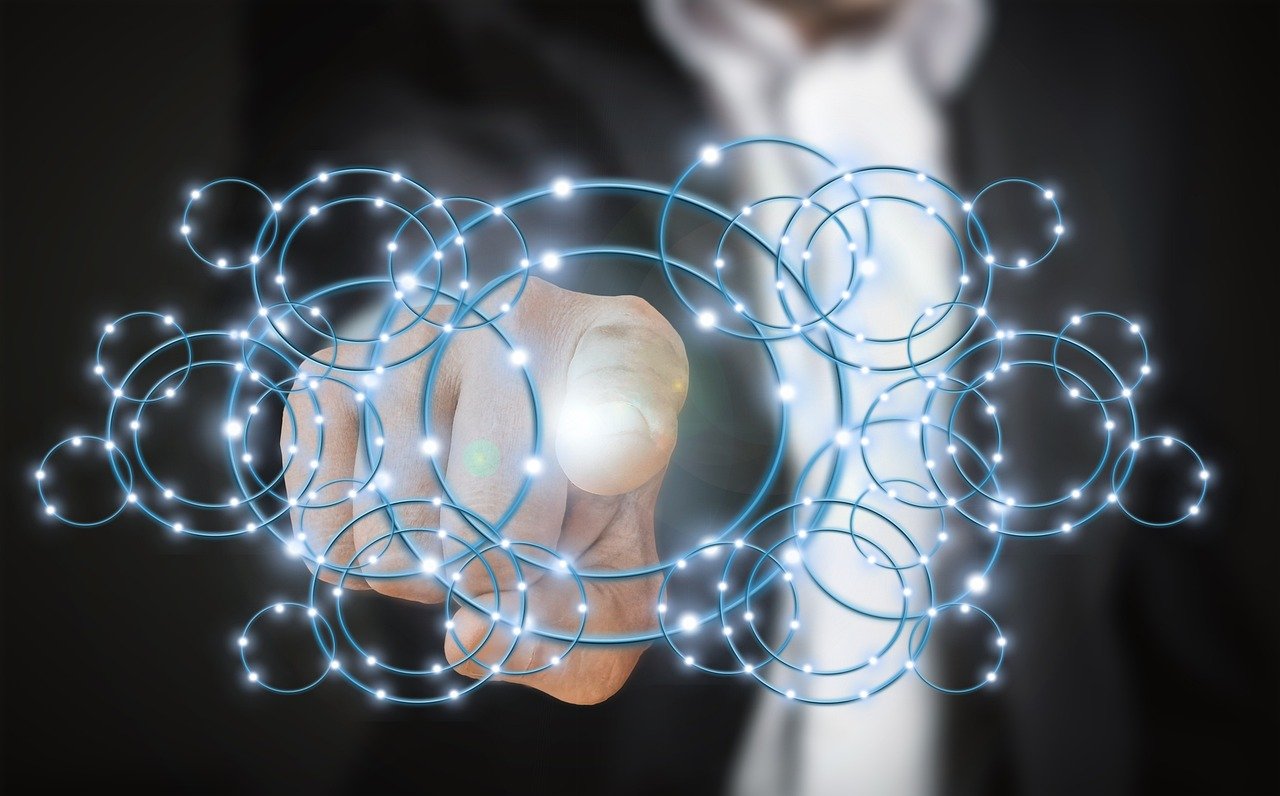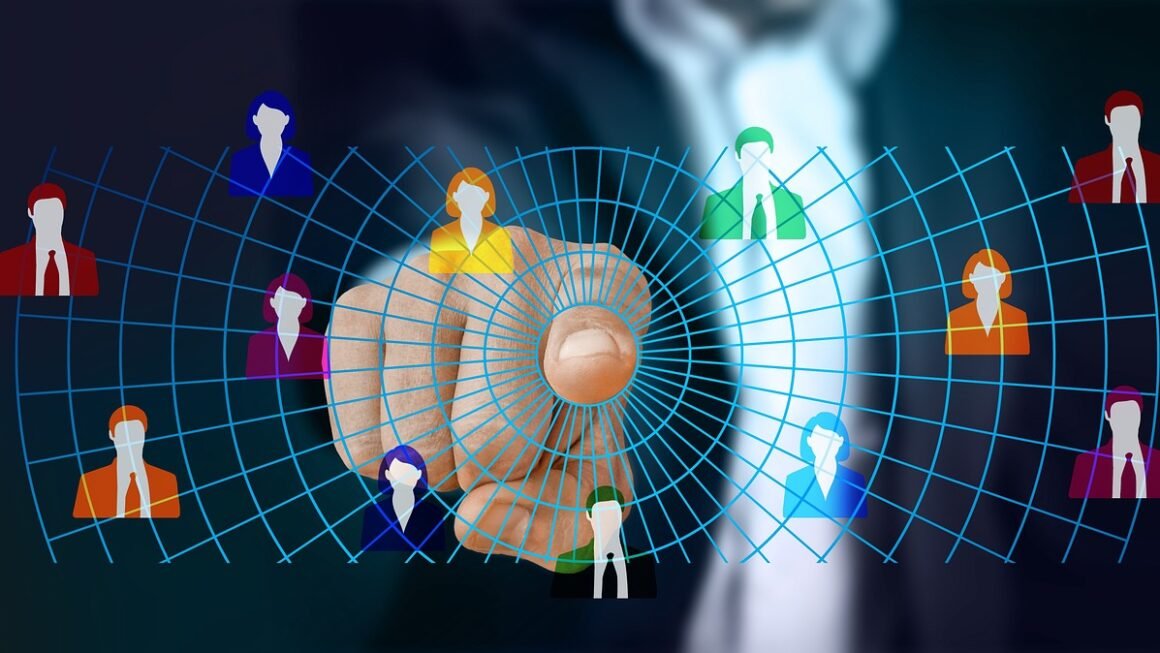The rise of artificial intelligence (AI) has permeated nearly every facet of our lives, and its integration into everyday devices is transforming how we interact with technology. From smart homes that anticipate our needs to wearable devices that monitor our health, AI-enabled devices are no longer a futuristic fantasy, but a tangible reality. This blog post delves into the world of AI-enabled devices, exploring their capabilities, benefits, applications, and potential impact on our future.
Understanding AI-Enabled Devices
What Defines an AI-Enabled Device?
An AI-enabled device is any physical object or software application that incorporates artificial intelligence to perform tasks that typically require human intelligence. This includes:
- Learning from data and experience.
- Adapting to changing environments.
- Making decisions and predictions.
- Understanding and responding to natural language.
- Recognizing patterns and anomalies.
Unlike traditional devices that follow pre-programmed instructions, AI-enabled devices leverage algorithms and machine learning models to become smarter and more efficient over time.
Key Components of AI-Enabled Devices
Several key components contribute to the functionality of AI-enabled devices:
- Sensors: Gather data from the environment (e.g., cameras, microphones, temperature sensors).
- Processors: Analyze data and run AI algorithms.
- Memory: Store data and learned models.
- Software: Includes operating systems, AI libraries, and application-specific code.
- Connectivity: Enables communication with other devices and the cloud.
These components work together to enable devices to perceive, process, and act on information in a way that simulates human intelligence.
Benefits of AI-Enabled Devices
Enhanced Automation and Efficiency
AI-enabled devices excel at automating repetitive tasks, freeing up human time and resources for more complex and creative endeavors. For instance:
- Smart home devices: Automate lighting, temperature control, and security systems, improving energy efficiency and convenience.
- Industrial robots: Perform tasks such as welding, painting, and assembly with greater precision and speed.
- Autonomous vehicles: Promise to revolutionize transportation by automating driving tasks and reducing accidents.
Improved Decision-Making
By analyzing vast amounts of data, AI-enabled devices can provide insights that inform better decision-making. Examples include:
- Medical diagnostics: AI algorithms can analyze medical images to detect diseases earlier and more accurately than human doctors.
- Financial analysis: AI-powered tools can identify investment opportunities and manage risk more effectively.
- Predictive maintenance: AI can analyze sensor data from machines to predict when maintenance is needed, preventing costly breakdowns.
Personalized User Experiences
AI-enabled devices can adapt to individual user preferences and needs, providing personalized experiences.
- Personalized recommendations: Streaming services like Netflix and Spotify use AI to recommend movies and music based on viewing or listening history.
- Smart assistants: Devices like Amazon Echo and Google Home can learn user habits and provide personalized information and assistance.
- Adaptive learning platforms: AI-powered educational tools can tailor learning content to individual student needs and learning styles.
Applications of AI-Enabled Devices Across Industries
Healthcare
AI is transforming healthcare in numerous ways, from diagnosis and treatment to patient monitoring and drug discovery.
- Robotic surgery: AI-guided robots can perform complex surgical procedures with greater precision and less invasiveness.
- Drug development: AI can accelerate the drug discovery process by identifying promising drug candidates and predicting their efficacy.
- Remote patient monitoring: Wearable devices can track vital signs and alert healthcare providers to potential health problems.
Manufacturing
AI-enabled devices are enhancing efficiency, quality control, and safety in manufacturing operations.
- Predictive maintenance: AI can predict equipment failures and schedule maintenance proactively, reducing downtime and costs.
- Automated quality control: AI-powered vision systems can inspect products for defects in real-time, ensuring high-quality standards.
- Collaborative robots (cobots): Cobots can work alongside human workers, assisting with tasks such as assembly and material handling.
Retail
AI is revolutionizing the retail industry by enhancing customer experiences, optimizing supply chains, and personalizing marketing efforts.
- Personalized recommendations: AI-powered recommendation engines can suggest products to customers based on their browsing history and purchase behavior.
- Chatbots: AI-powered chatbots can provide customer support and answer questions 24/7.
- Inventory management: AI can optimize inventory levels by predicting demand and managing supply chains more efficiently.
Smart Homes and Consumer Electronics
AI-enabled devices are making our homes smarter, more convenient, and more secure.
- Smart speakers: Devices like Amazon Echo and Google Home can control smart home devices, answer questions, and play music.
- Smart thermostats: AI-powered thermostats can learn user preferences and adjust temperature settings automatically to save energy.
- Smart security systems: AI-enabled security cameras can detect intruders and alert homeowners to potential threats.
Challenges and Considerations
Data Privacy and Security
AI-enabled devices collect vast amounts of data, raising concerns about data privacy and security.
- Data breaches: AI-enabled devices are vulnerable to cyberattacks that could compromise sensitive data.
- Privacy violations: The data collected by AI-enabled devices could be used to track user behavior and create detailed profiles.
- Ethical concerns: The use of AI in decision-making raises ethical concerns about bias and fairness.
- Actionable Takeaway: Choose devices from reputable manufacturers with strong security measures. Regularly update your device software to patch security vulnerabilities. Review and adjust privacy settings to control what data is collected and shared.
Algorithmic Bias
AI algorithms can perpetuate and amplify existing biases in data, leading to unfair or discriminatory outcomes.
- Biased training data: AI models are trained on data, and if that data reflects existing biases, the models will learn those biases.
- Lack of diversity: A lack of diversity in the teams developing AI algorithms can also contribute to bias.
- Actionable Takeaway: Support the development of AI algorithms that are transparent, accountable, and free from bias. Advocate for diverse and inclusive teams in the AI field.
Job Displacement
The automation capabilities of AI-enabled devices could lead to job displacement in certain industries.
- Automation of routine tasks: AI-enabled robots and software can automate many routine tasks, reducing the need for human workers.
- Need for reskilling: Workers displaced by AI will need to be reskilled for new jobs that require more advanced skills.
- Actionable Takeaway:* Invest in education and training programs that prepare workers for the jobs of the future. Support policies that help workers adapt to the changing economy.
Conclusion
AI-enabled devices are rapidly transforming our world, offering numerous benefits across various industries and aspects of our daily lives. As AI technology continues to evolve, it’s crucial to address the challenges associated with data privacy, algorithmic bias, and job displacement. By promoting responsible development and deployment of AI, we can harness its power to create a more efficient, equitable, and prosperous future for all. The future is intelligent, and AI-enabled devices are leading the charge.



